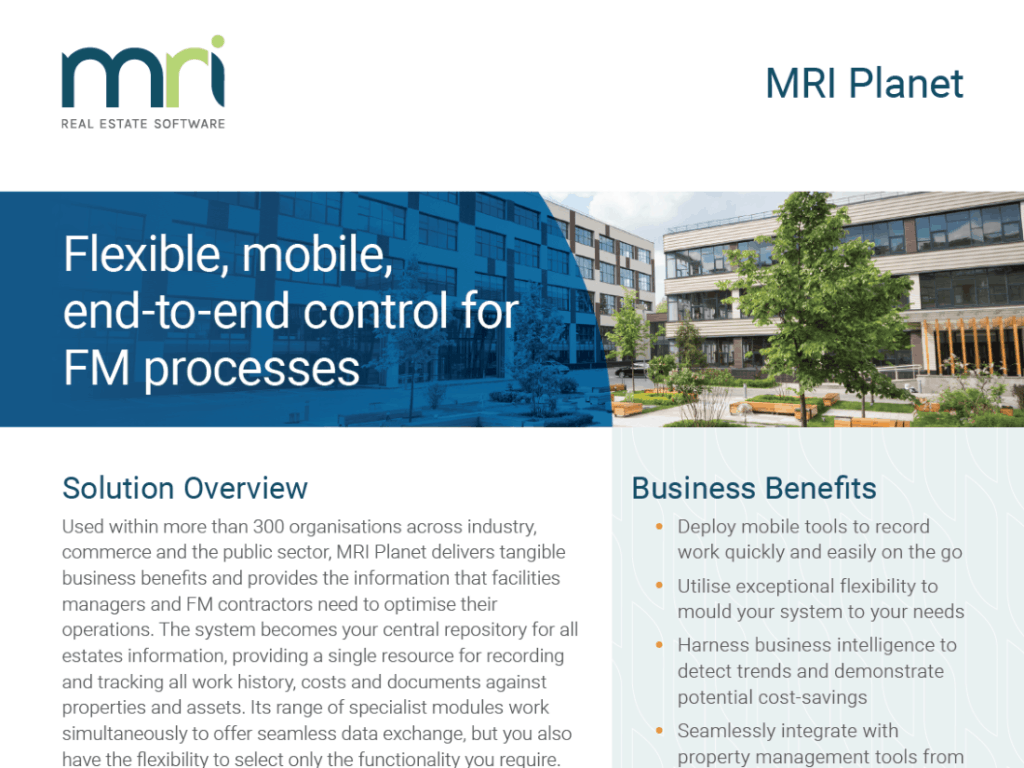The pitfalls of Excel in real estate investment
When you consider the complex nature of managing an investment portfolio, not to mention the amount of data and money involved, it is surprising to find so many are still using Excel© as their primary investment tool.
Whilst Excel is familiar and accessible to most, it lacks the technology and control that enables businesses to maximise efficiencies, minimalise risk, and truly gain a competitive edge in the market.
So where does Excel fall down, and what alternative solutions are available to help those investing in real estate to unlock the full potential of their portfolio?
Facilitating collaboration
When a business chooses to use Excel to manage their investment data there tends to be a requirement for a high number of spreadsheets to successfully cover planning, forecasting, budgeting, reporting, etc. These are often managed by multiple users and stored in many different locations. Often these documents need to be shared and worked on collaboratively, and if your company has offices and people in multiple locations, typically this ends up happening via email.
The problem with sharing documents this way is that as soon as an email is sent, a new version of that document is created, and further versions are created every time that email is sent back and forth. This can cause large amounts of data duplication and makes it very difficult to keep everyone working on the latest version and maintaining a single version of the truth.
Project management
When spreadsheets are shared, only one individual can work on the document at any given time. This can also have a negative impact on productivity when, for example, multiple departments are required to update their forecasts for the next quarter but cannot do so at the same time.
Working this way can also make it easy for errors to go unnoticed, which in-turn can create serious obstacles for maintaining compliance to investment mandates, data security, and any valuations, modeling, or timely decisions that are contingent on the information in those spreadsheets.
Maintaining data integrity
To ensure reporting is fully comprehensive, it is critical that data is stored and managed in a central repository. Read more about managing data integrity in spreadsheets here. When data is tracked in independent spreadsheets, manual processes are required to compile information from the multiple sources. This often leads to inaccurate accounting postings and reporting, which can in turn lead to making inaccurate funding and investment decisions.
The ideal investment modeling solution will address these risks by serving as a central repository to control the data from the time it enters the system and throughout its use. This allows for controlled collaboration and visibility, so that more than one person can access and manipulate the data without putting it at risk. The ability to minimise errors, save time, and give users self-service access to drill down into data points and see where the information originated makes it easier to scale the business while maintaining compliance.
Automating processes
With many aspects of the investment process able to be automated in modern systems, businesses that choose to use Excel are missing out on significant time and financial benefits. Manually capturing data from Excel to run calculations, undertake consolidations or generate reports for example, is not only time consuming but could potentially create financial risks resulting from inaccurate data transfer.
Applying automation to investment functions can increase a firm’s competitive edge, improve business agility, and reduce risks. Using a solution specifically designed for real estate investors significantly reduces the dependency on spreadsheets and eliminates many issues associated with incorrect or missing data. Investment management software offers a more secure, user-friendly and robust solution for extracting, analysing, and preserving real estate information, as well as maintaining compliance.
Unlocking your full potential
Adobe Inc.’s finance chief Mark Garrett said it best in a recent Wall Street Journal article; “I don’t want financial planning people spending their time importing and exporting and manipulating data, I want them to focus on what is the data telling us,”1. Without a comprehensive, automated investment solution, this simply isn’t possible.
All too often the manual processes associated with managing data in spreadsheets can take up valuable time and resource, which could be better spent using that data to gain greater insight into your portfolio. Alongside the risks associated with ensuring the validity of data managed in this way, it’s hard to imagine business that continue to use spreadsheets are truly realising the full potential of their investment portfolio.
To learn more about how technology can help improve real estate investment management, download the Buyer’s Guide.
